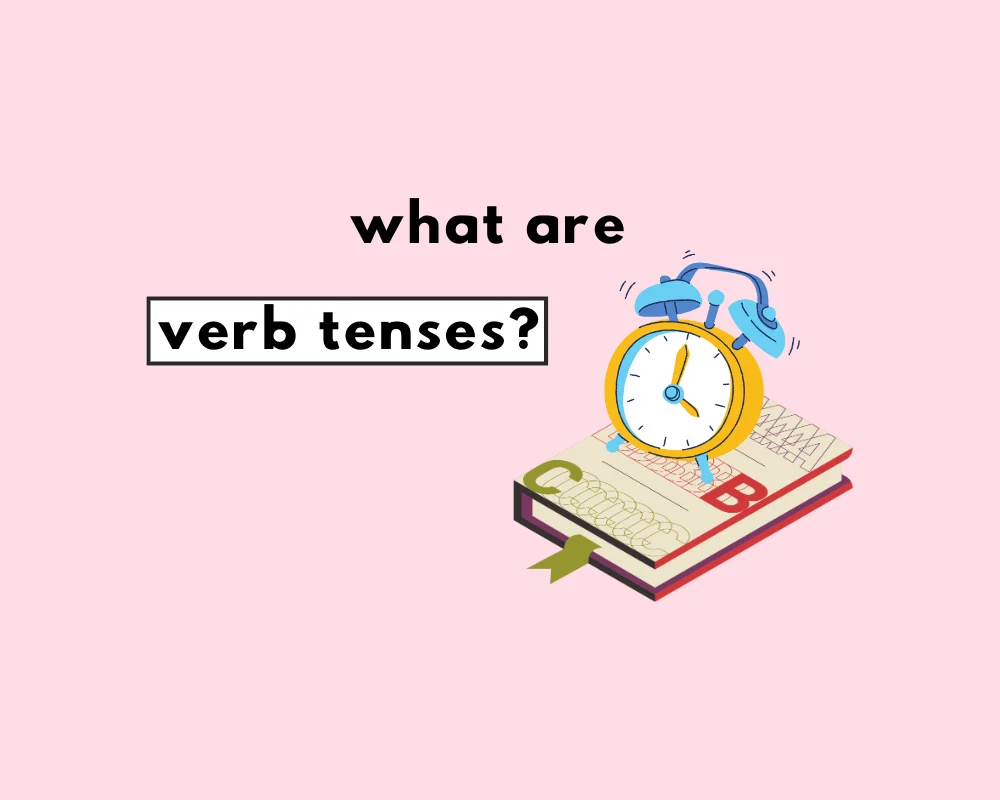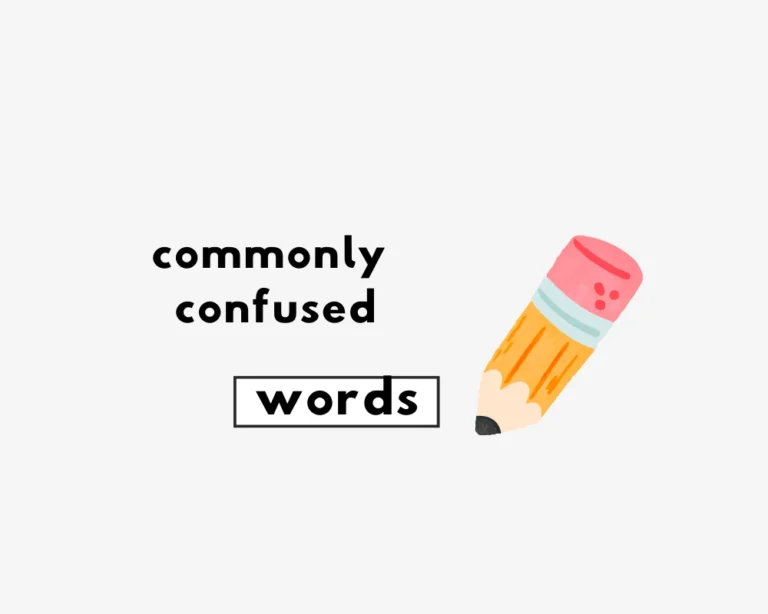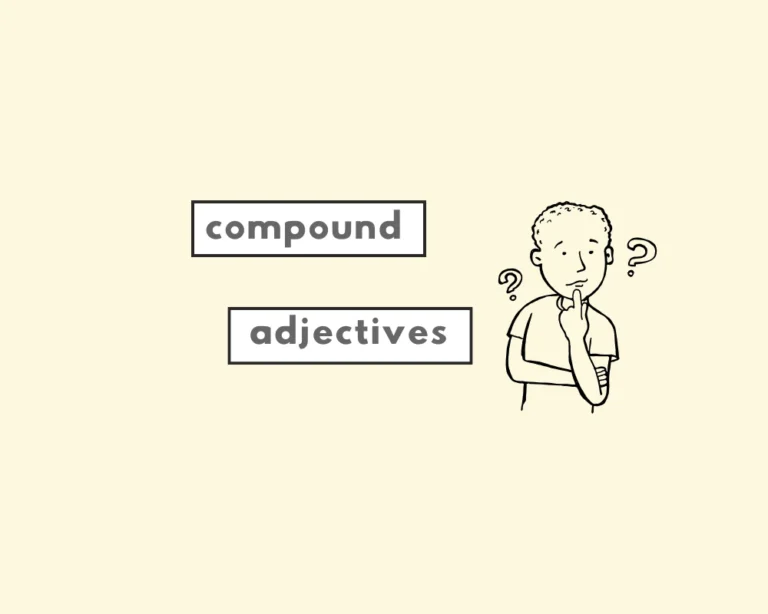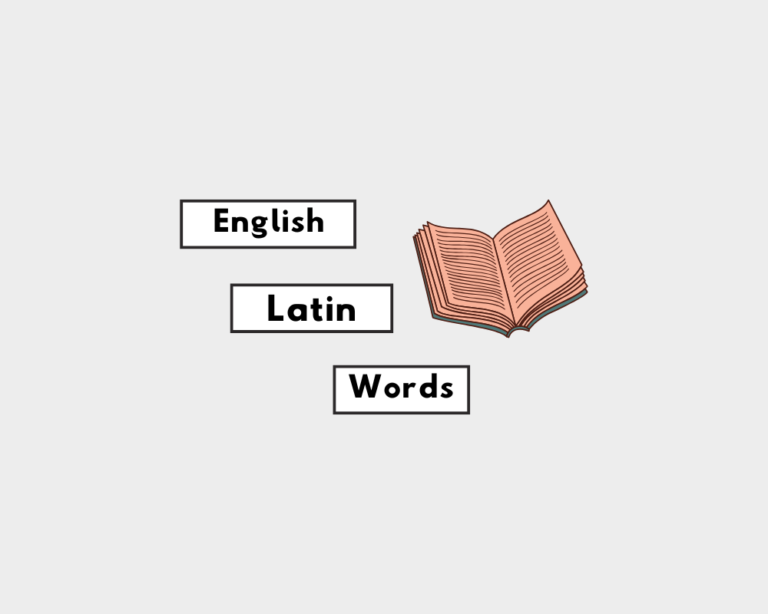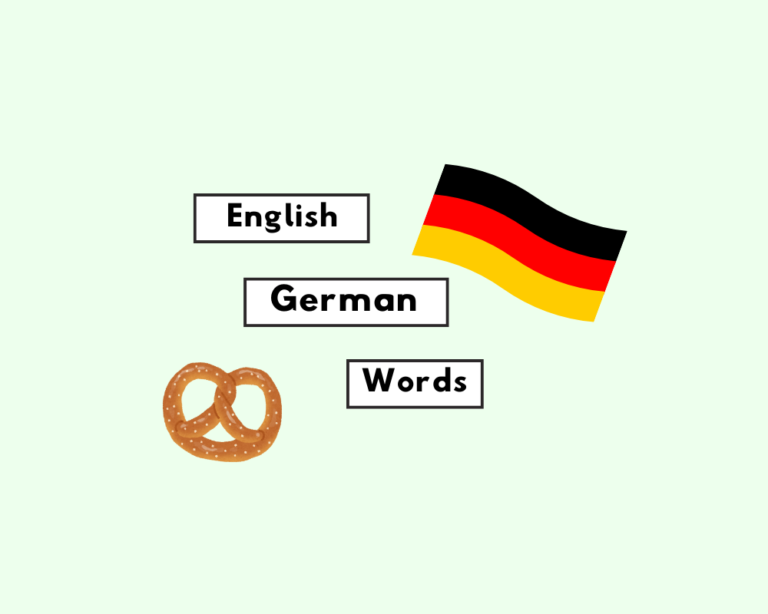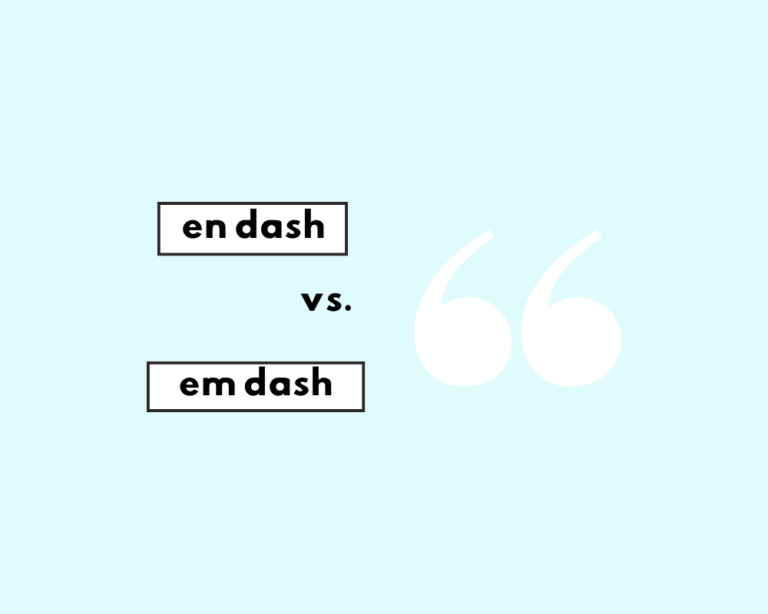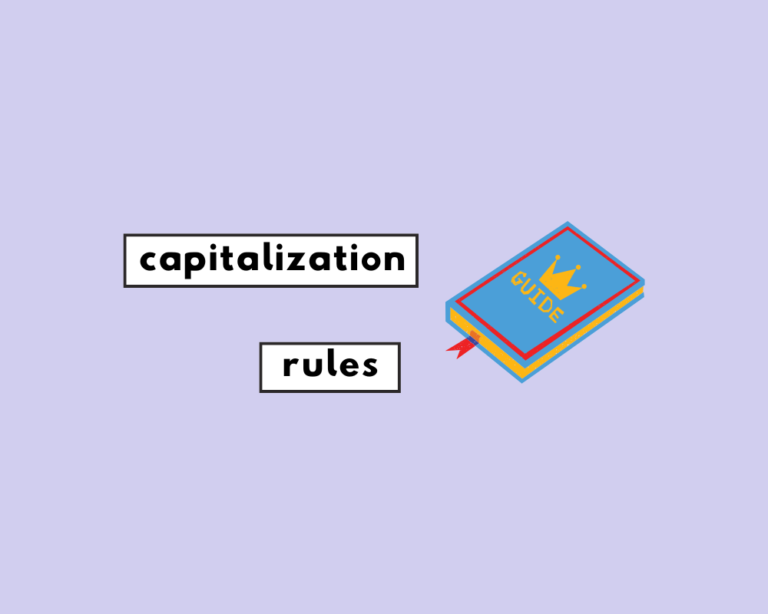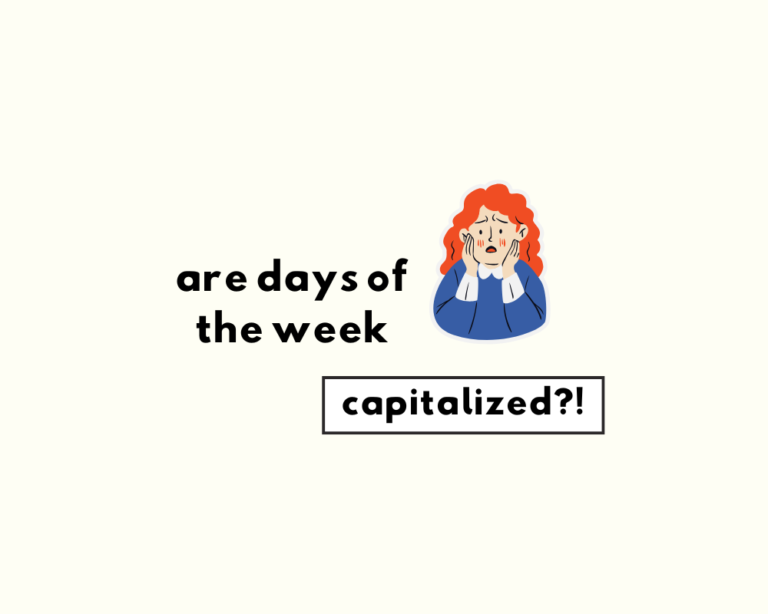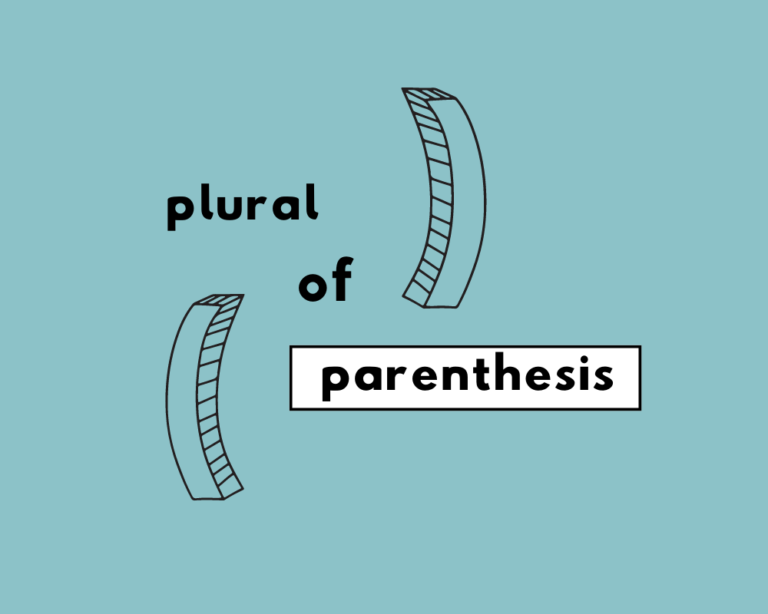Understanding verb tenses is like being able to cook an egg as a chef: it’s unequivocal to be proficient–we must know how to use them.
Grammarflex’s Guide on Verb Tenses
This article is our overview (and Magnus opus) on what verb tenses are, verb conjugations and key takeaways on how we use each of the 12 verb tenses in English.
We’ve worked hard and rigorously on the contents of this guide, and sincerely hope it helps improve your understanding of verbs and their role!
What are verb tenses in grammar?
To put it matter-of-factly: a verb’s tense tells us when something takes place, and the duration or for how long. Verb conjugation is just the change verbs shows based on their tense.
Tense comes from the Latin word, tempus, meaning “a portion of time”. Just like the Latin origin says, think of a tense as a slice in time when something happens, happened in the past, or will happen in the future.
Also known as the three principal tenses in English. They’re called the present, past and future.
| present | I eat cereal for breakfast. |
| past | I ate cereal for breakfast. |
| future | I will eat cereal for breakfast. |
The 12 verb tenses in English

The past, present and future all have four subtypes or categories, and so altogether there are 12 verb tenses; (assuming my math is correct). However, to make things slightly easier, all 4 subtypes are the same across the board. The chart below arranges them by kind (i.e., simple. perfect or continuous).
| simple tenses | present simple; past simple, future simple |
| continuous (or progressive) | present continuous; past continuous, future continuous |
| perfect | present perfect; past perfect; future perfect. |
| perfect + continuous | present perfect continuous; past perfect continuous; future perfect continuous |
Simple tenses (present, past, future)
Simple tenses are the easiest to learn because they use the base verb (or a modification in the simple past). The root verb (or simple verb) is the spelling of the word that shows up when you go to look it up in the dictionary: read, sleep, drive, walk, and so on-not so complicated!
The simple tenses are the present simple, past simple and future simple:
| Simple tense | formation | sentence example |
| present simple | base verb | I give books to my friends. |
| past simple | past simple conjugation | I gave books to my friends. |
| future simple | base verb + will | I will give books to my friends. |
How to form simple tenses
The present simple uses the base verb [e.g., play, study, work]. For the third-person present singular, add “-s”, and “-ies” for verbs that end in “-y”; plays, works, studies.
The past simple uses the past simple conjugation [e.g., wrote, played, hid].
Note that there are two types of verbs which determines how they modify to the past. These are regular verbs and irregular verbs: the former end in “-ed” for both past tense forms. The latter end in something other than “-ed”; (wrote, slept, sang, and so forth). For a comprehensive list of the irregular verbs in English, see our article on irregular verb forms.
- The future simple uses the base verb + will [e.g., will work, will write, will study].
When to use simple tenses
To understand the role of simple tense constructions, let’s understand first what it is that they don’t do: namely, duration. Simple tenses don’t show duration or communicate how long something took place for, and because of this they’re easier tenses to form.
Instead, simple tenses show that something happened; as in the simple past, which describes something that began and ended entirely in the past; (e.g., “we drove her to school this morning“; “the baby slept through the night“).
The simple present works differently. It can depict something happening at the moment; e.g., “I feel great“; to communicate general truths (e.g., “algebra is a subject in mathematics“; “Joe Biden is the president of the United States“); and things we do habitually, or preferences; (“she eats lunch at noon“; “he likes to read in the afternoon“).
Forms of the present
| Forms of the present | Sentence examples |
| present simple (or simple present) | I like to read books. |
| present continuous | I am reading a book. |
| present perfect | I have read a book. |
| present perfect continuous | I have been reading a book. |
All four sentences in the chart are in the present tense, and so depict what is going in the present. Nevertheless, the way each tense conveys current actions or events variably differ.
The present continuous describes the action as incomplete or as currently on-going (it’s continuous). The third sentence I have read a book mentions an action that has been completed or finished at the time of speaking, and is in the present perfect tense. The last sentence I have been reading a book shows the action as still going on continuously, and not yet completed. As we can see, a verb’s tense not only informs us on when an action took place, but also explains the current state of an action.
Forms of the past tense
Just like the present tense includes four different grammatical aspects, the past tense does the same:
| Forms of the past | Sentence examples |
| Simple past | I spoke with him earlier. |
| past continuous | I was speaking with him earlier. |
| past perfect | I had spoken with him earlier. |
| past perfect continuous | I had been speaking with him earlier. |
The first sentence I spoke with him earlier mentions an action that ended in the past. Typically we form the past tense by adding an -ed to the tail end of the verb, but since speak is an irregular verb it switches to spoke in the simple past tense.
The second sentence I was speaking with him earlier depicts an action as being in-progress or going on at a past time. The third sentence I had spoken with him earlier is in the past perfect tense (also known as the pluperfect), and mentions an action that had been on-going in the past up until a certain point, and usually before another action or event in the past.
The last sentence I had been speaking with him earlier tells us that an action began at a certain time in the past and continued up until another point also in the past.
Forms of the future tense
| Forms of the future | Sentence examples |
| future simple | She will be president one day. |
| future continuous | When you come out of school tomorrow, I’ll be boarding a plane. |
| future perfect | Will you have gone to bed when I get back? |
| future perfect continuous | I will have been waiting here for three hours by six o’clock. |
The simple future tense talks about something that hasn’t happened yet, but will occur in the future. The simple future is often formed with will + [root verb].
The second sentence uses the future perfect tense, and depicts an action that will be completed by a certain time in the future. The future continuous describes actions that will be ongoing at a time in the future, and the future perfect continuous shows an acton as ongoing over a period of time (in the future) that will end in the future. This tense isn’t especially common in writing or speech.
Formation of all 12 verb tenses
1. Simple present: I know.
2. Present continuous: I am knowing.
3. Present perfect: I have known.
4. Present perfect continuous: I have been knowing.
5. Simple past/preterite: I knew.
6. Past continuous: I was knowing.
7. Past perfect: I had known.
8. Past perfect continuous: I had been knowing.
9. Simple future: I will know.
10. Future perfect: Will you have gone to bed when I get back?
11. Future continuous: I will be knowing.
12. Future perfect continuous: I will have been knowing.
Learn more about verbs
- Forms of “To Be”
- What Are Auxiliary Verbs?
- What is the Present Tense? (Forms of the Present Tense)
- The Future Tense (4 Forms of the Future Tense)
- What’s the Present Perfect Tense?
- What is the Past Tense? (Forms of the Past Tense)
- What’s a Participle? (Present Participle vs. Past Participles)
Sources
- Tense origin: etymonline, tempus.
- P.C. Wren and Martin’s English Grammar and Composition.

